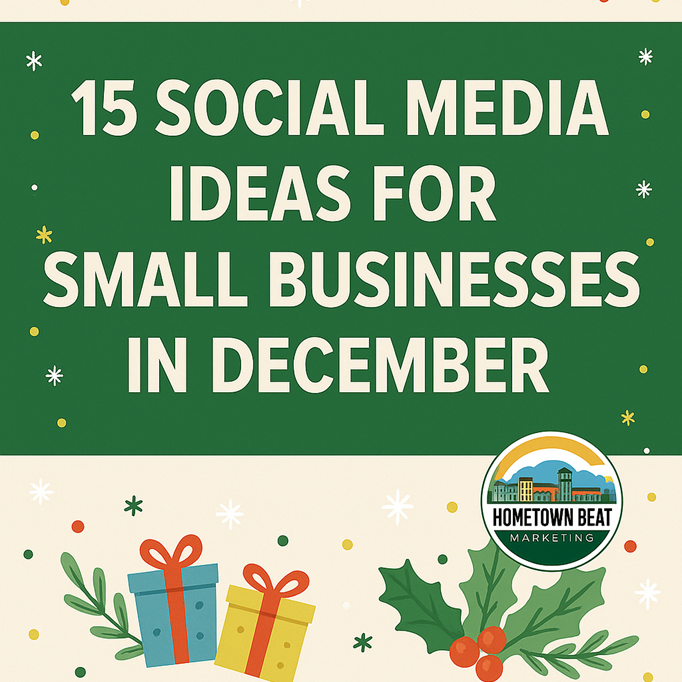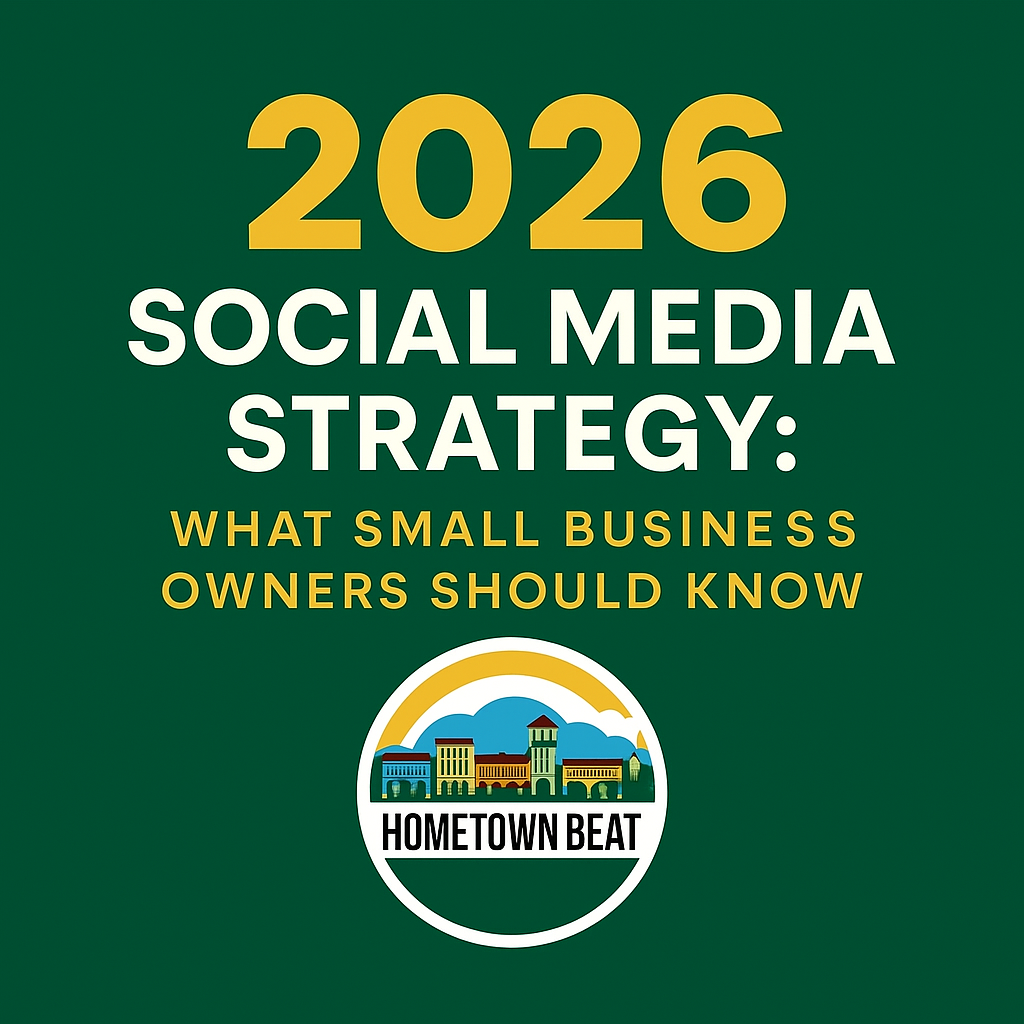The Great Decoupling of search and the birth of the agentic web


This is the opening chapter of “The Last Click: How AI Agents Are Rewiring the Internet’s Attention Economy,” a series about how AI is changing the web.
The email arrived at 3:47 a.m., marked urgent. Sarah Chen, head of content at a mid-sized publisher, was watching 20 years of assumptions collapse in real time.
Her overnight analytics showed something impossible: search visibility had doubled in six weeks, yet traffic had fallen 30%.
The charts on her screen formed a pattern she’d never seen before: two lines that had moved in harmony since the company’s founding were now pulling apart like tectonic plates.
“It’s happening everywhere,” her lead analyst would tell her hours later, sliding a tablet across the conference table.
Forbes, NPR, Healthline, and even Wikipedia. Almost every major publisher showed the same divergence.
Impressions climbing. Clicks vanishing. The fundamental physics of the web had changed while they slept.
What Chen witnessed that March morning in 2025 was the culmination of a quiet revolution three years in the making.
The contract that built the modern web – visibility in exchange for visits, rankings in exchange for traffic – had been unilaterally rewritten.
Google had learned to satisfy its users so completely that sending them anywhere else became unnecessary for most searches.
I call this phenomenon the “Great Decoupling” – the historic severing of the link between being found and being visited.
It represents the most significant shift in the web’s economic foundations since the search engine’s invention.
Like most revolutions, it began with a simple idea that no one (not even its creators) thought much of at first: the release of ChatGPT and the creation of conversational chatbots.
The architecture of dependence
To comprehend the magnitude of what’s breaking, we must first understand what we built.
The modern web rests on an elegant three-way value exchange that emerged, without central planning, in the late 1990s.
- Publishers invest in content creation.
- Search engines index and organize that content.
- Users navigate to publishers through search results.
Revenue flows – through advertising, subscriptions, and commerce – complete the circuit.
This wasn’t merely a technical arrangement. It was an economic constitution.
Entire industries crystallized around the reliable conversion of search rankings into visitor streams.
The metrics were dependable:
- Achieve Position 1 for a valuable search term, receive approximately 28% of the clicks.
- Fall to Position 10, collect less than 3%.
The mathematics of attention had rules, and fortunes were built on understanding them.
The company became not just a utility but the primary artery through which human attention flowed.
Publishers optimized every pixel for this reality. They:
- Crafted headlines to match search queries.
- Structured content to win featured snippets.
- Built entire editorial strategies around ranking factors.
The relationship was symbiotic but unequal. Google held the power to redirect the world’s attention with algorithm updates that could devastate entire sectors overnight.
Yet publishers accepted this asymmetry because the bargain still functioned: create value, earn visibility, receive traffic.
The first cracks in this foundation appeared so gradually that few recognized them as structural threats.
The erosion begins
Google’s transformation from search engine to answer engine began with innocent conveniences.
In 2012, the Knowledge Graph started providing direct answers for factual queries.
What’s the capital of France? How tall is the Eiffel Tower?
Small boxes appeared atop search results, saving users a click for simple needs.
Publishers barely noticed. These were marginal queries, unlikely to drive meaningful traffic anyway.
The real content – analysis, guides, investigations, reviews – still required human insight that couldn’t be condensed into a box.
Featured snippets arrived in 2014, extracting the most relevant paragraph from a webpage and displaying it prominently above all results.
Publishers initially celebrated. Position zero, they called it, an opportunity to stand above even the first result. They didn’t yet understand they were training their replacement.
Mobile usage accelerated the shift toward self-contained answers. Smaller screens rewarded brevity. Voice assistants demanded singular responses.
Each innovation chipped away at the click-through imperative.
By 2019, Rand Fishkin’s research showed that 50.3% of Google searches ended without an outbound click. The web was being slowly enclosed.
Yet traffic still flowed. The ecosystem adapted.
Publishers learned to optimize for featured snippets while still capturing clicks through compelling meta descriptions.
The erosion was manageable, a tax on doing business in Google’s world rather than an existential threat.
Then, on November 30, 2022, OpenAI released ChatGPT to the public.
The catalyst arrives
The screenshots spread across X like wildfire.
Users were having conversations – real, nuanced, surprisingly intelligent conversations – with an AI that answered questions without showing a single hyperlink.
No ads. No People Also Ask boxes. No 10 blue links.
Just answers.
ChatGPT reached one million users in five days. By January, it was the fastest-growing consumer application in history.
The implications were immediately clear to anyone paying attention: if users could get comprehensive answers through conversation, why would they need traditional search?
Inside the Googleplex, the response was unprecedented. Sundar Pichai declared a “code red,” the first in the company’s history.
Engineers were pulled from other projects. Vacation policies were suspended.
The company that had defined online navigation for a generation suddenly faced a future where its core product might become obsolete.
The emergency was warranted. Internal modeling suggested three possible scenarios:
- Search behavior remains unchanged, and Google maintains dominance.
- Users split time between Google and conversational AI, fragmenting the market.
- Conversational AI becomes the primary interface, reducing Google to a backend data provider.
The first scenario was already failing. ChatGPT’s explosive growth proved users wanted something different. The third scenario was existential.
Google chose to pursue the second while positioning for a fourth option: becoming the conversational AI provider itself.
The response that changed everything
Google’s counter-offensive began with Bard, announced hastily in February 2023.
The demo went catastrophically wrong – the AI gave an incorrect answer about the James Webb Space Telescope during the live presentation.
Google’s stock dropped $100 billion in value overnight. The mighty search giant looked vulnerable, perhaps for the first time.
But Google’s infrastructure advantages ran deep. By May 2023, at their annual I/O conference, they unveiled Search Generative Experience (SGE).
Unlike ChatGPT’s separate interface, SGE embedded AI-generated summaries directly into search results.
Multi-paragraph answers appeared above the traditional links, complete with citations and follow-up questions.
The placement was strategic and revealing.
- By positioning AI summaries at the top, Google acknowledged they were the superior user experience.
- By keeping traditional results below, they maintained plausible continuity with the old model. Publishers could still theoretically receive traffic – if users scrolled past the comprehensive answer already provided.
Early access was limited, positioned as an experiment within Google Labs.
Publishers who gained preview access reported immediate traffic declines on affected queries. But the rollout was gradual enough to avoid panic. The boiling frog strategy had begun.
The quiet revolution accelerates
Through late 2023 and early 2024, Google refined its approach. The AI summaries (now renamed “ AI Overviews “) became more sophisticated.
They could synthesize information from multiple sources, compare products, provide step-by-step instructions, and even generate basic visualizations.
Each improvement made clicking through less necessary.
- Why visit five websites to research a purchase when Google’s AI could provide a comprehensive comparison in seconds?
- Why dig through a recipe blog’s life story when the AI extracted just the ingredients and instructions?
On May 14, 2024, Google dropped the experimental label. AI Overviews rolled out to all U.S. users by default. No opt-in required. The future had arrived.
The impact was immediate and unevenly distributed.
Many lost as much as half of their organic traffic. Informational publishers watched their lifeblood drain away.
Health websites that had invested millions in medically reviewed content saw Google’s AI summarize their articles without attribution beyond a tiny citation.
Recipe sites that monetized through advertising found their carefully crafted content reduced to bullet points above the fold.
June 2024 brought a subtle but crucial change: the return of pagination.
After years of infinite scroll, Google now required users to actively click “Next” to see results pushed below AI Overviews.
The friction was minimal, but the message was clear: the AI answer should be sufficient.
The breaking point
March 2025 marked the definitive break. Google launched Gemini 2.0 alongside “AI Mode” – a full conversational interface within search.
The same week, a core algorithm update dramatically expanded AI Overview coverage. Queries that had previously returned traditional results now triggered AI summaries.
The scope expanded from purely informational searches to commercial research, local queries, and even navigational searches.
The numbers were staggering. Ahrefs reported that 16% of all U.S. searches now displayed AI Overviews.
For informational queries – the bread and butter of content publishers – coverage approached 60%.
Click-through rates for the top organic position plummeted from 28% to less than 10% when an AI Overview appeared.
Sarah Chen’s 3 a.m. email was part of a flood.
Across the industry, analytics dashboards showed the same pattern:
- Impressions skyrocketing as Google cited more content in AI summaries.
- Clicks evaporating as users found those summaries sufficient.
The crocodile mouth – that vivid image of diverging lines – became the industry’s shared nightmare.
But the most disturbing revelation was still to come.
The inversion
In June 2025, Patrick Stox from Ahrefs published data that defied conventional logic.
Analyzing their own content, they discovered that the correlation between impressions and clicks had turned negative.
Pages that gained visibility through AI Overview citations actually received fewer clicks than similar pages without that exposure.
The mechanism was perverse but predictable.
When Google’s AI summarized content comprehensively, users had no reason to visit the source.
But Google counted showing the citation as an “impression,” inflating visibility metrics while destroying their meaningful connection to traffic.
This was an inversion of the fundamental assumption underpinning web publishing.
Being found by Google was no longer a predictor of being visited. In some cases, it predicted the opposite.
The forces that made it inevitable
Why did Google consciously break the value exchange that built its empire? Three interlocking forces made the Great Decoupling inevitable.
Technological capability
The breakthrough beyond that AI could answer questions was that it could do so cheaply enough for billions of queries.
GPT-4’s release in March 2023 proved that large language models had crossed a quality threshold.
Google’s Gemini models, trained on decades of search data, could match and eventually exceed that quality.
Inference costs plummeted from dollars to fractions of a cent per query. The economics of AI answers became superior to the economics of ten blue links.
Competitive dynamics
Google faced a strategic trilemma. Maintaining traditional search meant ceding ground to ChatGPT and its inevitable successors.
Adding AI features while preserving click-through rates would create an inferior product that satisfied no one.
Fully embracing AI answers meant cannibalizing their own referral traffic but maintaining control of the user experience.
The choice, viewed from Mountain View, was obvious.
Better to disrupt yourself than be disrupted.
Better to keep users within your ecosystem, even if it meant fundamentally altering that ecosystem’s relationships.
User behavior
The dirty secret was that users had been ready for this shift for years.
Decades of UI improvements had trained them to expect instant gratification.
- Featured snippets taught them to look for answers at the top of the page.
- Voice assistants proved they’d accept a single synthesized response.
- Mobile usage made comprehensive answers more valuable than lists of links to tap through.
When AI Overviews appeared, users didn’t revolt – they adapted instantly.
Engagement metrics showed they preferred the new experience by every measure: shorter time to answer, fewer search refinements, and improved satisfaction scores. The market had spoken.
The new economics
The numbers tell a story of transformation, not just disruption:
- Zero-click searches reached 65% by mid-2025, up from 50% just three years earlier.
- Google’s search volume hit record highs even as outbound clicks reached record lows.
- 400 million people used ChatGPT weekly , each session representing searches that never touched Google.
- Publishers reported traffic declines of 20-60% despite maintaining or improving search rankings.
- Google’s search advertising revenue, paradoxically, continued growing as ads integrated into AI answers.
The mathematics of attention had new rules. Impressions became a vanity metric.
Rankings mattered only insofar as they influenced AI citation.
The click-through rate – the fundamental constant of SEO – became a variable trending toward zero.
Living in the aftermath
Publishers scrambled to adapt, pursuing divergent strategies:
The Optimizers doubled down on AI visibility, restructuring content to maximize citation likelihood. They:
- Added schema markup.
- Wrote in easily extractable formats.
- Positioned themselves as authoritative sources for AI training.
Their bet: that brand exposure in AI answers would create value through other channels.
The Builders created what AI couldn’t summarize:
- Interactive tools.
- Proprietary databases.
- Community platforms.
- Personalized experiences.
They sought to make their destinations irreplaceable rather than their content.
The Exodus abandoned search dependency entirely. They built direct relationships through:
- Newsletters.
- Podcasts.
- Owned platforms.
They viewed the Great Decoupling as liberation from Google’s algorithmic whims.
Meanwhile, Google walked a tightrope. They needed publisher content to generate quality answers, but no longer needed to reciprocate with traffic.
New licensing deals emerged – payment for content usage rather than traffic exchange. But these deals favored large publishers, accelerating consolidation.
The question of sustainability
The Great Decoupling raises a fundamental question: Can an information ecosystem sustain itself when value creation and value capture are severed?
The optimistic view suggests a new equilibrium will emerge.
- Quality will concentrate among publishers who provide genuine value beyond summarization.
- AI companies will be forced to share revenue to maintain content pipelines.
- Users will benefit from both better answers and deeper sources.
The pessimistic view sees a tragedy of the commons.
- Why invest in original research if it will be instantly summarized without compensation?
- Why build comprehensive resources if they’ll be reduced to bullet points?
The web could hollow out, becoming an echo chamber of AI-generated content citing other AI-generated content.
The realistic view acknowledges both possibilities.
Some sectors will thrive in the new paradigm – those providing services, communities, and experiences that resist summarization.
Others will wither – particularly those built on advertising-supported information arbitrage.
The end of the beginning
I named this phenomenon the Great Decoupling not to eulogize the web that was, but to recognize the web that’s becoming.
We stand at an inflection point as significant as the beginning of search itself.
The rules that governed two decades of digital publishing are changing, and new ones are being written in real time today.
This is more than a technology story.
It’s a story about knowledge, power, and the changing nature of human information consumption.
It’s about what happens when the intermediaries become the destinations, when the map becomes the territory, when the index becomes the library.
Sarah Chen’s dashboard that March morning showed more than diverging metrics. It revealed a fundamental shift in how humans interact with the web.
The Great Decoupling arrived, marking the start of the agentic web. The only question now is what we build in its wake.
This article is released as part of a companion set of assets:
- GSC Guardian Chrome Extension Version 2.9 with the In-Bulk Annotations Import Update.
- The Great Decoupling: Origins + Timeline of Events Live Dataset .
- GSC Guardian CSV Builder .
- A downloadable spreadsheet kept live with the events that are changing the internet into the agentic web.
The next chapter will examine the birth of the agentic web.









